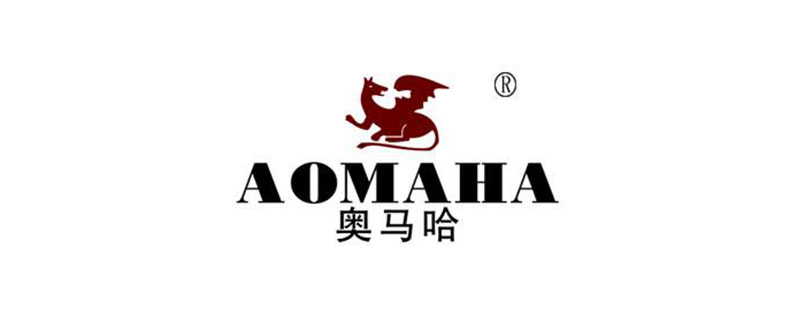Home >Common Problem >What does the aomaha system consist of?
What does the aomaha system consist of?
- (*-*)浩Original
- 2019-12-21 09:56:1317682browse

The Omaha System is a research-based, comprehensive, and standardized nursing practice classification system. It consists of three interrelated subsystems, namely Question Classification system, treatment intervention system and outcome evaluation system. (Recommended learning: PHPSTORM )
奥 马 The implementation of the patient -oriented, which is managed by case nurses or specialist nurse execution case management procedures. The process usually includes 6 links: Evaluate data, state problems, confirm scores of health problems, care plan and execution, assessment in the care process, and evaluate results.
Aims to promote nursing practice, language recording and information management, and is applied to many fields of community nursing, continuing care, clinical nursing, nursing education and nursing research.
It is very necessary to develop and build a standardized nursing language system in the fields of elderly care and medical care. There are 7 internationally accepted nursing standardization languages (NANDA-I, NOC, NIC, Omaha System, Clinical Nursing Classification, International Nursing Practice Classification and Perioperative Nursing Data Set).
The Omaha system was developed by the American Home Visiting Nurses Association of Omaha in 1972 and was developed based on records of home nursing and public health service recipients. In 1992, the Omaha System became standardized terminology recognized by the American Nurses Association. In 2007, the Omaha system became the International Organization for Standardization's reference terminology model and is used as an integral part of the United States' electronic health records.
The problem classification system includes four areas: Environmental field, social psychological field, physiological field and health-related behavioral field, with a total of 42 questions.
Each question can choose 2 modifiers. The first modifier is "individual/family/community"; the second modifier is "existing/potential/health promotion".
The intervention system includes 76 directions, that is, intervention directions (75 specific directions and one other, which the user can add). Each direction has 4 intervention categories, namely education, guidance and consultation; treatment and procedures; case management; monitoring. The effect evaluation system evaluates from three aspects: patient's cognition, behavior and condition, using the Likert 5-point scoring method.
The Omaha system has many advantages. Its question classification system has a concise framework with a total of 42 questions, which is easy to remember and use. The effect evaluation system evaluates from three aspects: cognition, behavior and condition. A multi-faceted and more comprehensive evaluation can better reflect the patient's real situation, make it easier to capture the patient's progress, and reflect the sense of value of nursing work.
However, the Omaha system also has shortcomings. Its translation and introduction are only for Appendix A - the terms and definitions of the Omaha system. There is no detailed content, which is not conducive to a deep understanding of its connotation and essence.
There is a lack of usage guidelines in China, which has an impact on its standardized use. The guidance content in the intervention system is too crude, there is no clear nursing dose, and it has limited guidance for nurses.
For example, "63. Skin care: activities to maintain skin integrity, such as using lotion or massage" in the intervention system does not explain how to perform skin care specifically, and there is no optional care dose (number of times, frequency, period, composition).
There is no linkage between the problem classification system and the intervention system, and staff need to make choices based on their knowledge and experience. The Omaha system can be used for elderly care and can be used as a reference for developing a standardized language for elderly care, but the conditions for use alone are not mature
The above is the detailed content of What does the aomaha system consist of?. For more information, please follow other related articles on the PHP Chinese website!

